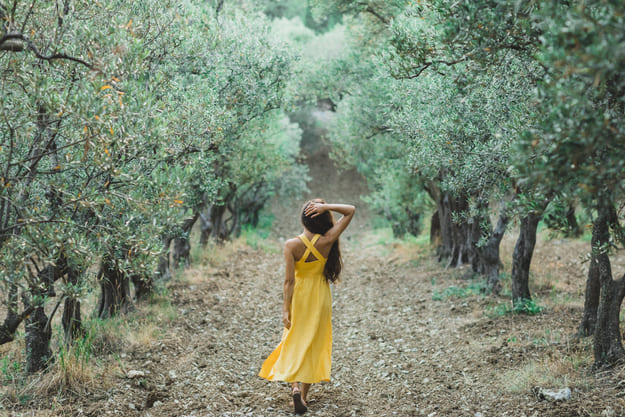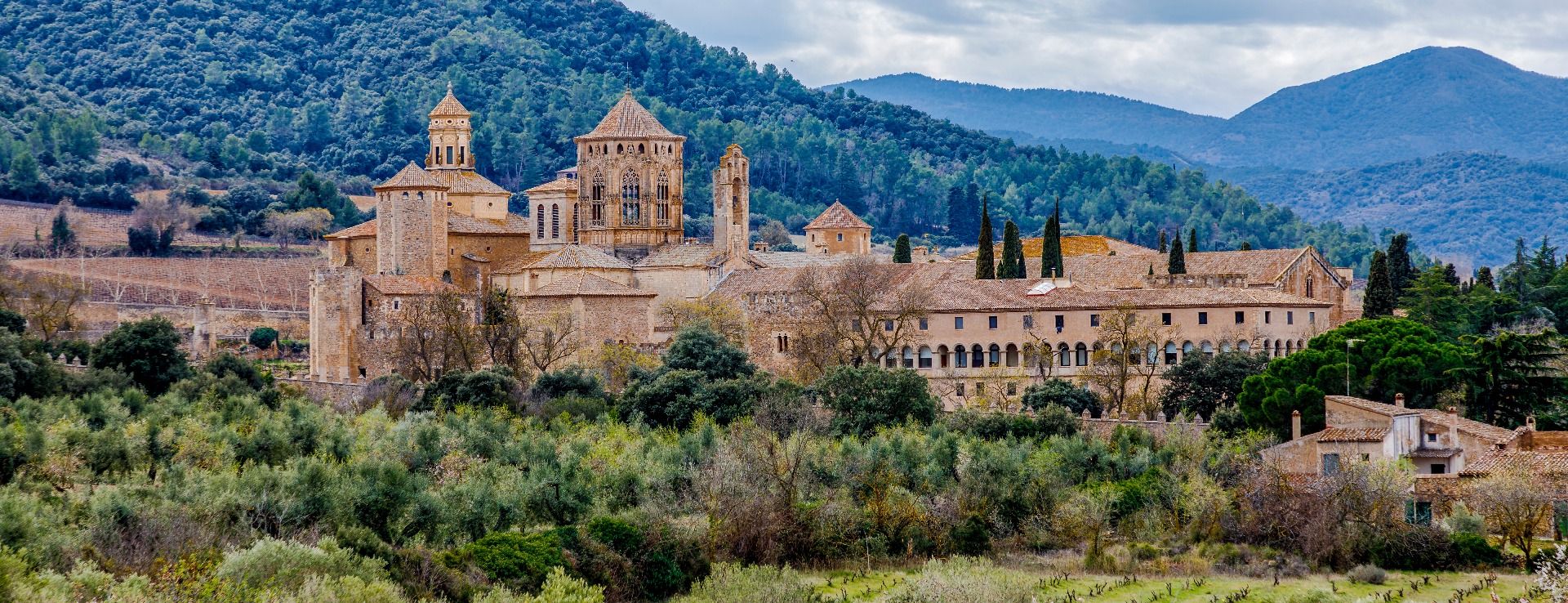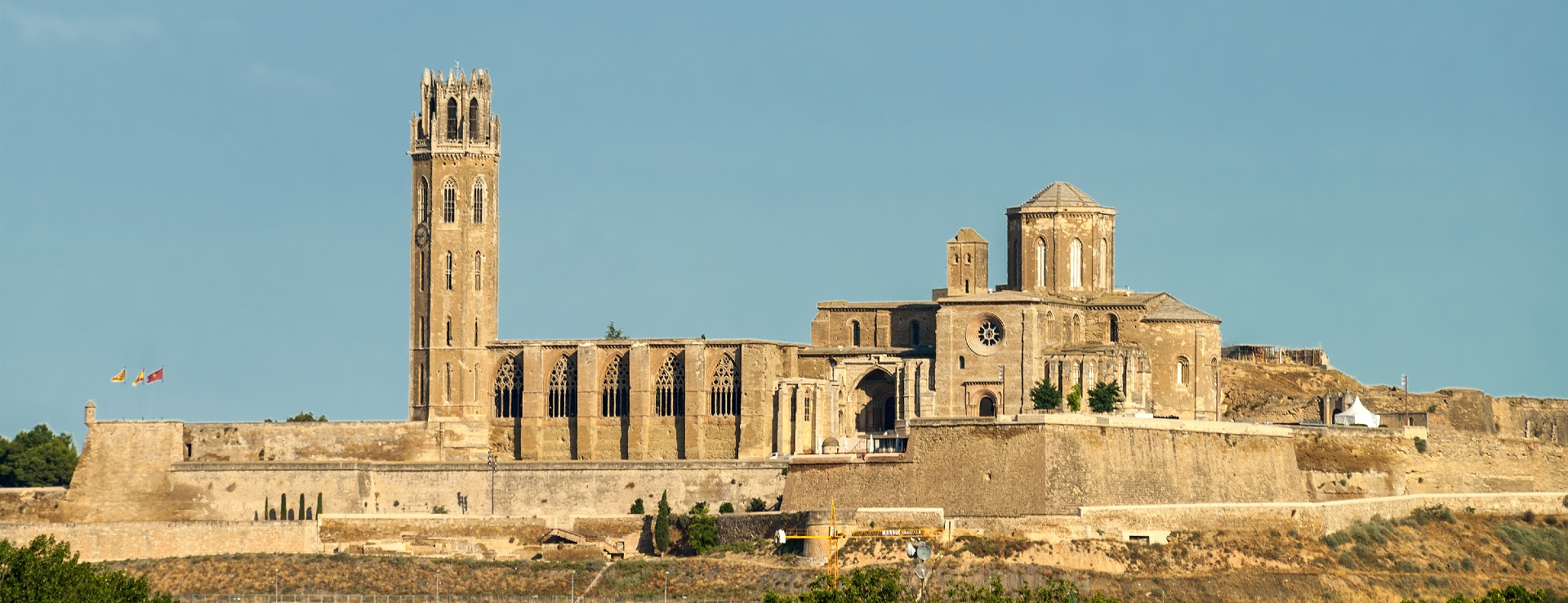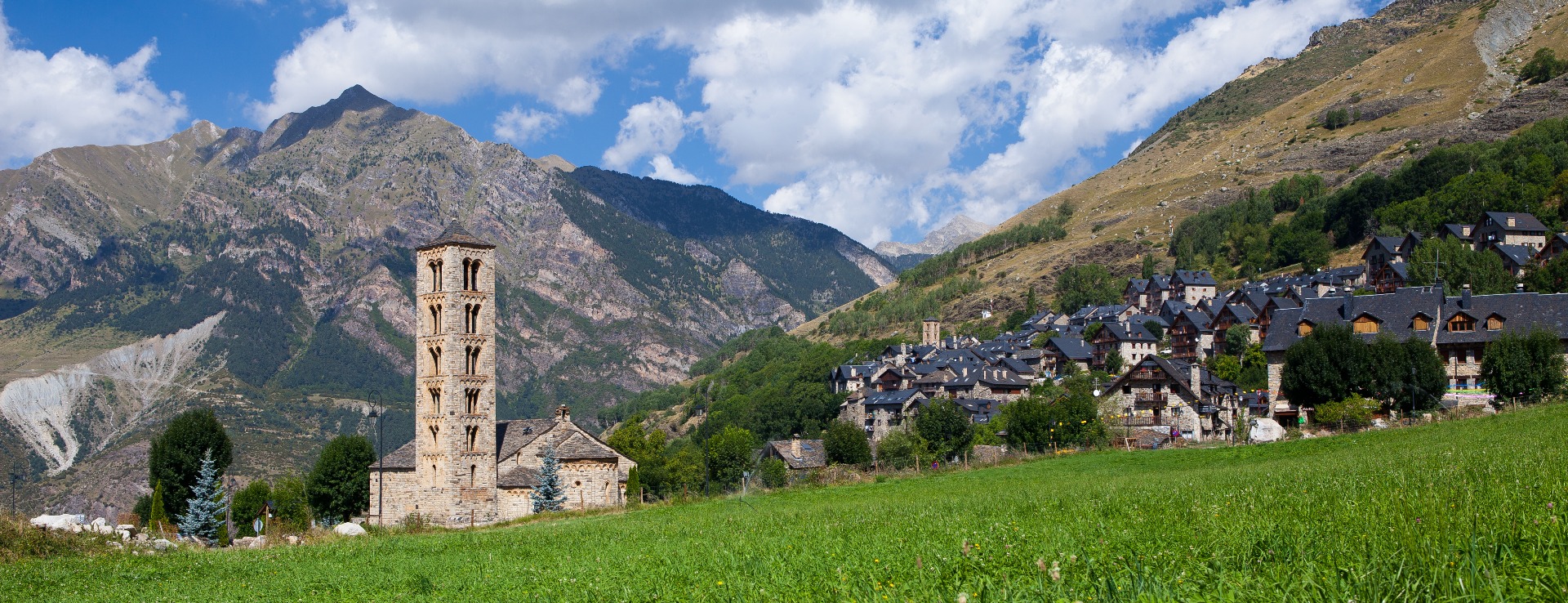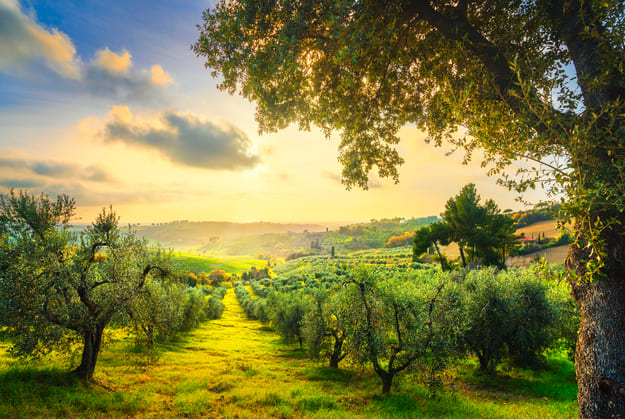Find your olive grove or oil mill
Infographic of the area
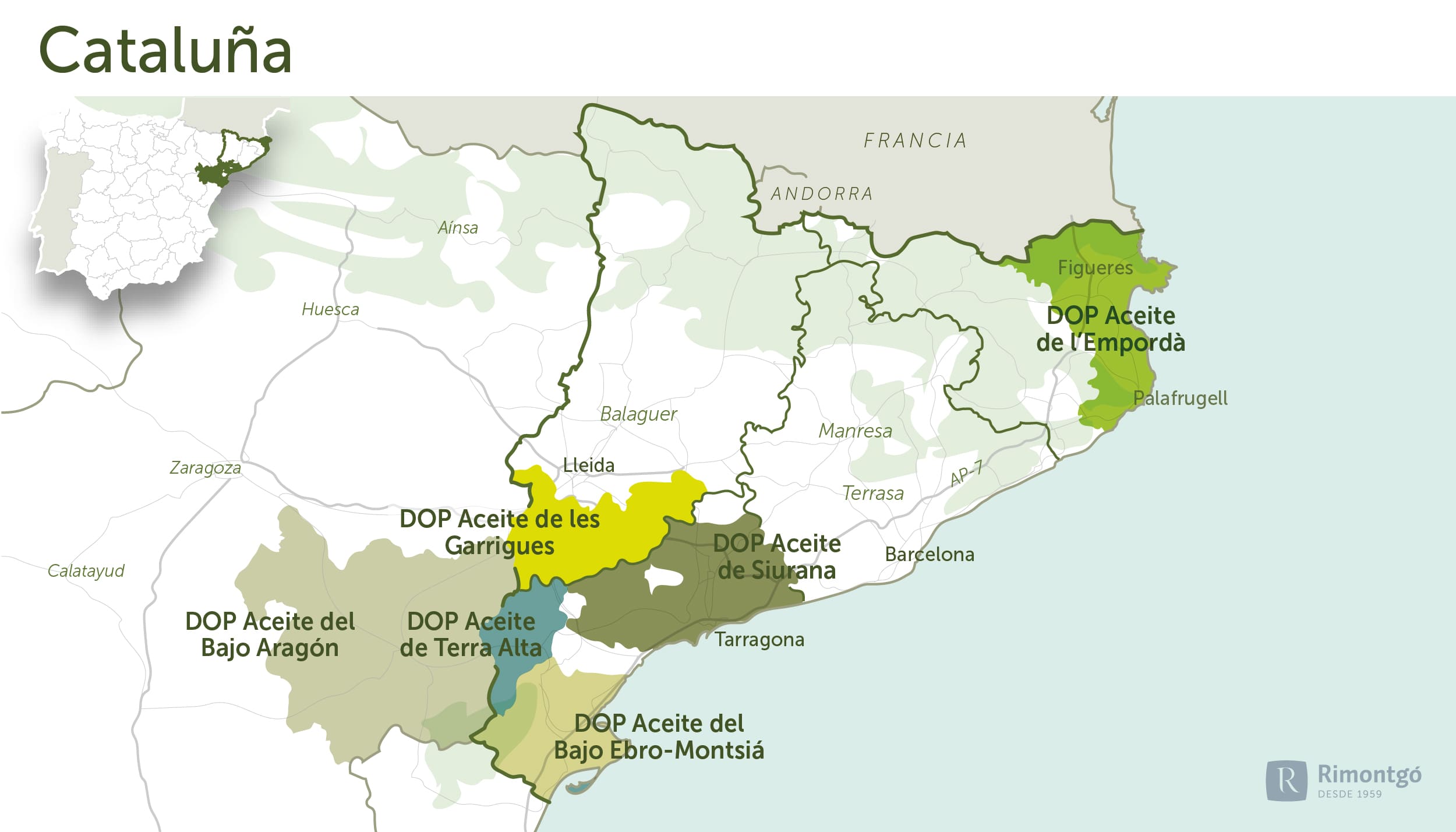
Lleida
En Lérida destaca la DO Les Garrigues como única DO de olivos en la provincia.
DO Les Garrigues
Comprende las comarcas al sur de la provincia de Lérida, en la comarca de Les Garrigues y algunos territorios de las comarcas de La Segarra y Meridional. La superficie del olivar es de 35.715 ha y la producción de aceite 4.3 millones Kg/año.
Variedades
se dan las variedades arbequina y verdiell, con las que producen aceites afrutados o dulces. El cultivo se ve condicionado por las dimensiones de los bancales en los que se asienta el olivar.
Historia
La historia de la variedad arbequina se remonta al Rey Jaime I que fue quien la trajo a Cataluña tras la conquista de Mallorca a los musulmanes. Uno de sus súbditos feudales, el Señor de Arbeca, fue el primero que plantó en sus feudos el citado olivo por sus innegables ventajas.
Posteriormente el Conde De Bessacout, gobernador de Lleida promocionó el cultivo de esta variedad en la comarca de Les Garrigues.
Climate and soils
The topography of Les Garrigues is rugged, alternating small valleys with terraced slopes and sometimes flat summits suitable for cultivation. In the comarca of L'Urgel this character is less accentuated. The comarca of Segrià groups together the lands of the lower Segre valley and part of the high plateaux that delimit it and separate it to the west from the Cinca river basin. The average altitude ranges between 400 and 550 metres above sea level.
The most important river in the district is the Set, which rises in the centre of the La Llena mountain range and irrigates Cervià, L'Albagés and Cogul. Like the Juncosa, which flows through Juncosa, El Soleràs, Granyena, on the way to Torrebesses, if the Set is dry, the Juncosa is much drier.
The characteristic that best defines the production area is undoubtedly its dry terrain. The dry land and the wiry soil determine the landscape and the people. The climate in the area is Mediterranean with a continental tendency. There are greater daily and annual temperature contrasts than in the Mediterranean climate, with a maritime influence, a wide temperature range, very cold winters and very hot, dry summers. The region has a fairly harsh climate (temperatures range from a minimum of -2º C to a maximum of 24º C) and a continental climate, which only allows the existence of Mediterranean xerophytic vegetation, similar to that which dominates the rest of the low plains of the middle Ebro.
Rainfall is generally scarce, with maximum rainfall in spring. Annual rainfall varies between 350 and 450 mm, with an average relative humidity of 66%.
Oil mills
Agraria de Fulleda, S.C.C.L, Agraria dels Omellons, Agraria Espluguenca, S.C.C.L., de L'Espluga Calba, Camp de Cervià de Les Garrigues, CA. del Soleràs, Cooperativa del Camp "Foment Maialenc", S.C.C.L., de Maials, Cooperativa del Camp "Ntra. Sra. de La Bovera", S.C.C.L., de Guimerà (Agroindustrial Catalana), Cooperativa del Camp "Sant Isidre Llaurador", Cooperativa del Camp "Sant Salvador", D'Alfés, Cooperativa del Camp de Belianes, Cooperativa del Camp de La Floresta, Cooperativa del Camp de L'Albi, Cooperativa del Camp de Torrebesses, Cooperativa del Camp de Vallbona de Les Monges, Cooperativa del Camp del Cogul, Cooperativa del Camp del Vilosell, Cooperativa del Camp D'Alcanó, Cooperativa del Camp D'Almatret, S. C.C.L. de Granyena de Les Garrigues, Cooperativa del Camp de Maldà, Molino de Rocafort de Vallbona, S. Cooperativa C. Ltda. Ltda. de Vinaixa, Stat. Coop. Catalana Ltda. del Camp, "L'Albequina", D'Arbeca, Stat.Coop. Ltda. del Camp, "La Fraternal", de L'Albagès.
Olives
Subscribe to our mailing list to receive news about olive groves and oil mills.
